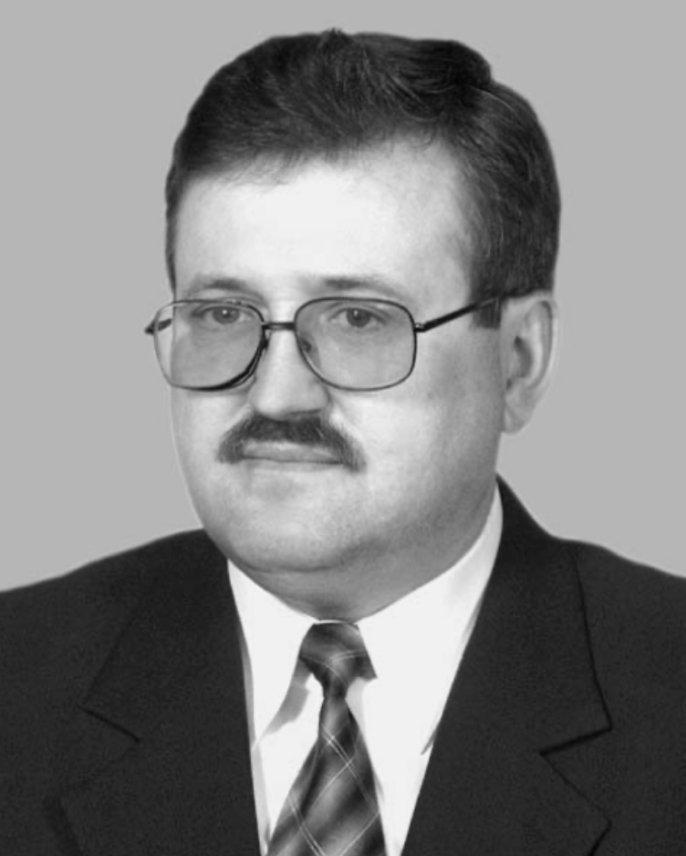
Yury Hawryluk is a Ukrainian poet, historian and publicist, activist of the Ukrainian national minority in Poland, editor-in-chief of the Ukrainian magazine Podlasie “Nad Buhom i Narwoju”, member of the National Union of Writers of Ukraine (since 2002) and the Union of Ukrainians of Podlasie.
While studying in high school, he began writing in his native dialect, and later in the Ukrainian literary language. He published his debut “correspondent’s” notes, photos and short stories in Niwa, Belarus, and then in Nasza Słowo, remaining a propagator of the Ukrainian movement developing in Podlasie since the 1980s. In 1990, he graduated from the history faculty in the Jagiellonian University. Founder of the Ukrainian publishing house “Dumka” (1983), he was also an editor and publisher of the “Osnowy” magazine (1987–1989) and other non-periodic publications.
In the early 1990s, he worked at the Center of Ukrainian Science and Culture in Krakow. Later, he later served as Secretary of the Main Board of the Union of Ukrainians of Podlasie. He has been a member of the editorial board of the “Nad Buhom i Narwoju” magazine since its establishment in 1991. In the years that followed, the editorial secretary was actually responsible for editing the magazine, and since 2001 he has been the editor-in-chief. In the 1990s and early 2000s, he was the Director of the Podlasie publishing house “Osnowy”. His articles have appeared in such Ukrainian periodicals as: “Pamjatky Ukrainy”, “Krajeznawstwo”, “Borysten”, the literary magazine “Kyivśka Ruś”, “Kurjer Krywbasu”, the weekly “Dzerkalo Tyzhnya”, “Ukrainśkyj tyzhdeń” and others. He is an author of a number of research works on the history of Podlasie and its connections with Ukraine, starting from the times of Kievan Rus, such as “Proposals for the study of Pidlaszkych dialects”, “From the history of the Orthodox Church in Podlasie in the X-XVII centuries”, “Chełm Land and Podlasia: Historical and Ethnographic research”, and many more.
He has been involved in photography since his school days. Exhibitions of his works were held at the Wasylia Pylypyuk Gallery in Lviv and in Toronto (at the Gallery of the Canadian-Ukrainian Art Foundation – KUMF) and Zielona Góra. In 2011, the Lviv Museum of the History of Religion organized a photographic exhibition “Spiritual landscapes of Podlasie, Chełm, Lemko and Nadsania”. The exhibition presented 75 photographs depicting Orthodox churches, bell towers, roadside crosses and cemeteries.
Jerzy Hawryluk’s works usually receive very favorable reviews in the Ukrainian scientific community. Roman Kyrcziw stated that Podlasie today sees in him an extremely hard-working, well-prepared and very forward-looking researcher, able to properly contribute to the scientific development of many threads and issues that until recently were neglected or deliberately obscured. However, reviewers from the Belarusian community accuse Hawryluk that his studies are in fact ideological texts intended to convince the reader that there are no Belarusians in Podlasie, even though this type of national self-identification is much more common in this area than in the case of Ukrainian self-identification. Sławomir Iwaniak, for example, called his book “From the history of the Orthodox Church in Podlasie in the X-XVII centuries” a manipulation intended to authenticate the preconceived thesis about the Ukrainianness of the historical and contemporary Orthodox inhabitants of Podlasie”.
In his historical works, Yuri Hawryluk popularized the history of Podlasie, seen through archival sources, archaeological research, material cultural records and the spirituality of the Orthodox Church. Within the borders of Poland, he has recorded up to 100,000 “Ukrainians-Podlaszuk”, living in the area between the Bug and Narew rivers and still using the archaic Ukrainian dialect.
He associates the beginnings of Ukrainian settlement in the described area with the influx of people from Volhynia, which occurred in the second half of the first millennium AD. The Ukrainian ethnic territory is to include, in whole or in part, some communes of the Podlaskie Voivodeship. The negligible sense of Ukrainian national consciousness in these areas is explained by their remoteness from Ukrainian cultural and educational centers, together with the resulting lack of conscious Ukrainian intelligentsia and the administrative recognition of the local population as Belarusians, which was initiated by the Soviet government in 1939–1941, when Northern Podlasie was incorporated into the Byelorussian SSR.
In conclusion, I believe that Yury Hawryluk emerges as a figure, deeply committed to his Ukrainian heritage and dedicated to shedding light on the historical and cultural ties between the Polish Podlasie and Ukraine. His contributions as a poet, historian, and publicist have been significant, not only in preserving the linguistic and cultural heritage of the Ukrainian minority in Poland, but also in promoting scholarly discourse surrounding the region’s history.
Through his extensive research and writings, Hawryluk has provided valuable insights into the complex tapestry of Podlasie’s past, drawing from archival sources, archaeological findings, and the spiritual legacy of the region. Despite differing perspectives on his scholarship, Hawryluk’s dedication to his calling and his advocacy for Ukrainian identity in Podlasie are undeniable. His efforts to highlight the presence and contributions of Ukrainians in the region, despite historical challenges and political complexities, underscore his commitment to preserving and celebrating the culture he loves and respects so much.



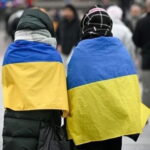
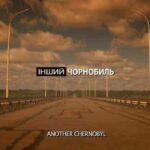
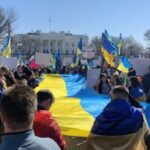











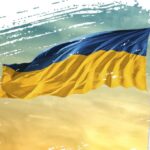







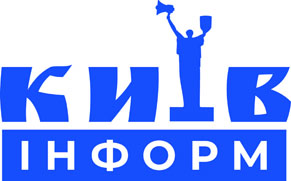



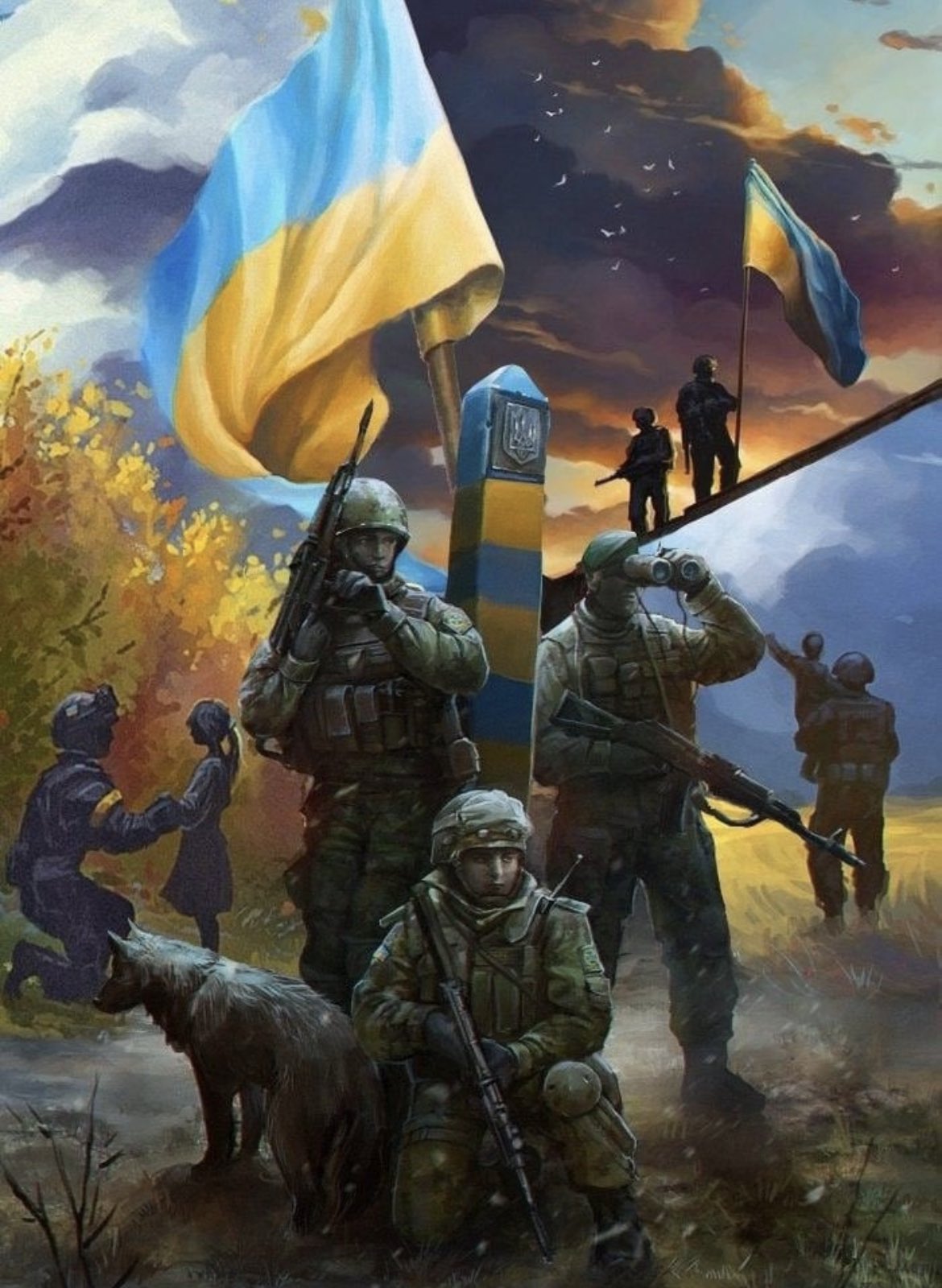


























Залишити відповідь